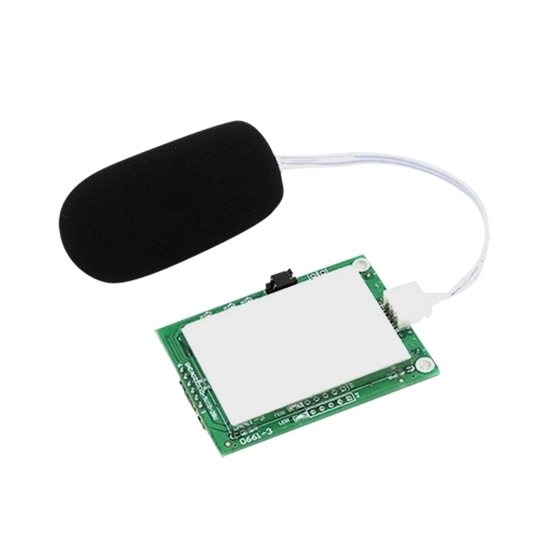
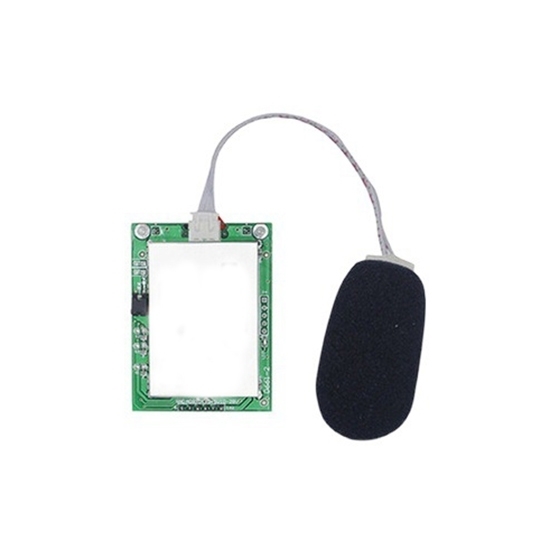
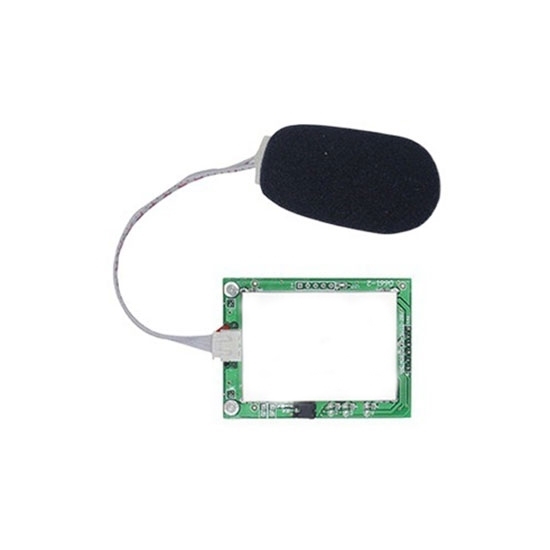
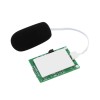
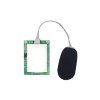
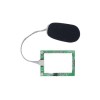
- Stock: In Stock
- Model: RDDLZ-NS-ZS-BZ
- Weight: 1.00
- SKU: RDDLZ-NS-ZS-BZ
Available Options
High precision industrial noise sensors for sale are designed to operate normally at -20°C to 60°C and 0 to 90%RH without condensation, adapting to a variety of harsh industrial environments. Its 500ms fast response mode and 1.5 seconds slow response mode provide flexible measurement options for scenarios requiring fast response or long-term monitoring. Built-in reference calibration points of 94dB and 114dB ensure high accuracy at 1kHz with an accuracy error of only ±0.5dB.
Specification
| Model | RDDLZ-VMS-ZS-BZ | |
| Working Voltage | 4.5~5.5V (5V) (default) | |
| 10~28V (12V) (optional) | ||
| Power Consumption | 18.9mA@5V | |
| 31.0mA@12V | ||
| 27.8mA@24V | ||
| Output Signal | UART(TTL) | Output voltage: 0~3.3V/ Input voltage: 0~3.3V Compatible 5V |
| RS-485 | ModBus-RTU communication protocol | |
| Analog output | Output voltage: 0~3V corresponding to 30~130dB | |
| UART or RS-485 Communication Parameters | 9600 N 8 1 | |
| Measuring Range | 30dB~130dB | |
| Frequency Weighting | A-weighting | |
| Frequency Response Range | 20Hz~12.5kHz | |
| Transmitter Circuit Operating Temperature | -20℃~+60℃,0%RH~90%RH (no condensation) | |
| Response Time | Fast mode | 500ms |
| Slow mode | 1.5s | |
| Stability | Less than 2% of cycle time | |
| Reference Calibration Point | 94dB and 114dB calibration, reference sound pressure 20uPa, frequency 1kHz | |
| Noise Accuracy | ±0.5dB (at reference pitch, 94dB@1kHz) | |
| Dust Cover Impact | Effect ≤0.5dB in the range of 50~115dB | |
| Influence ≤0.7dB in other ranges within the measurement range | ||
| Working Environment | Air temperature: -20~+60℃ | |
| Static pressure: 65kPa~106kPa | ||
| No strong mechanical vibration, impact, strong electromagnetic field and corrosive gas in the surrounding area. | ||
| Adjustment Data for Sound Pressure Response and Free Field Response | The equivalent free-field response can be obtained by adjusting the data in the following table through the sound pressure response generated by an acoustic calibrator or the simulated sound pressure response generated by an electrostatic exciter. | |
| Module Directivity at 1kHz, 2kHz, 4kHz, 8kHz | ||
| Electret Parameters | ||
| Free-field sensitivity | Approx. 8mV/Pa (free-field sensitivity level of -42dB, using 1V as reference) | |
| Electret Head Capacitance | Approx. 15pF | |
| Typical Frequency Response | ||
Features
- PCB board mounting method.
- 30~130dB wide range, 20~12.5kHz wide frequency measurement.
- Adopt high performance prepolarized back-pole electret condenser microphone, wide dynamic range and stable performance.
- Output interface TTL/RS485/0-3V/IIC optional.
- With two modes of slow and fast measurement to meet different customer requirements.
- Power supply 4.5V~5.5VDC, 10~28VDC optional.
Dimension (unit: mm)
Installation Notes
Application
Tips: How do industrial noise sensors work?
Industrial noise sensors detect sound fluctuations in the environment by means of a built-in, high-precision microphone, which measures the noise using a specific frequency weighting (e.g. A-weighting or C-weighting). The sensor converts the noise signal into an electrical signal that is displayed or recorded on a monitoring device. These sensors are commonly used in industrial locations to monitor noise, ensure compliance with regulations and prevent long-term exposure to noisy environments.
